One of the core principles of Montessori education is the idea of “follow the child.” Rather than directing every moment of a child’s day, Montessori encourages parents and educators to observe children the Montessori way that is, by stepping back, watching carefully, and responding based on the child’s needs and interests. When we take the time to watch, listen, and truly notice what our children are doing, we gain valuable insights into their learning journey. This approach fosters independence, confidence, and curiosity which are qualities essential to a lifelong love of learning.
Why Observation Is Essential in Early Childhood Development
Children grow and develop rapidly during the early years. Each day offers new skills, challenges, and discoveries. When you observe children the Montessori way, you begin to see their developmental milestones unfold naturally. Whether it’s through building blocks, exploring language, or self-feeding, observing without interruption gives you a deeper understanding of what your child is mastering and how you can support it. Observation is not passive, it’s a mindful, empowering act of parenting.
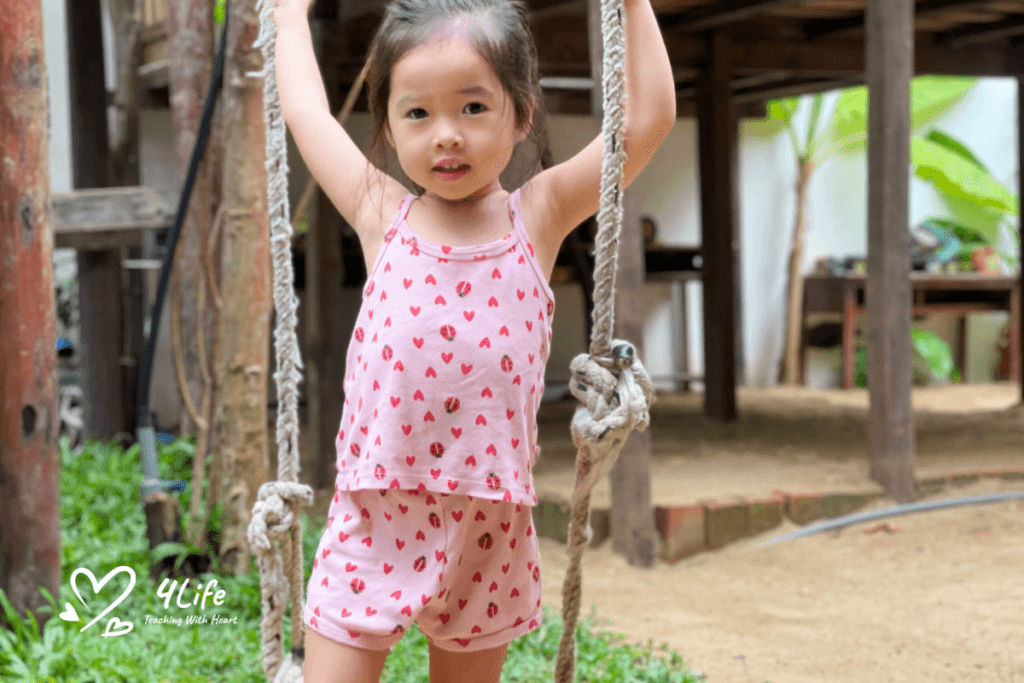
When you observe children the Montessori way, you begin to see their developmental milestones unfold naturally.
How to Observe Children the Montessori Way at Home
You don’t need formal training to begin using this Montessori practice at home. To observe children the Montessori way, simply carve out a few quiet minutes each day to fully focus on your child. Sit nearby as they play, eat, or explore without distractions. Avoid jumping in. Instead, watch what they choose, how they engage, and how they solve problems.
Keeping a Montessori observation journal is a helpful tool. Jot down what your child consistently returns to: a certain toy, movement, or interaction. These notes help you track progress and recognize patterns, which can guide you in offering meaningful, developmentally appropriate activities.
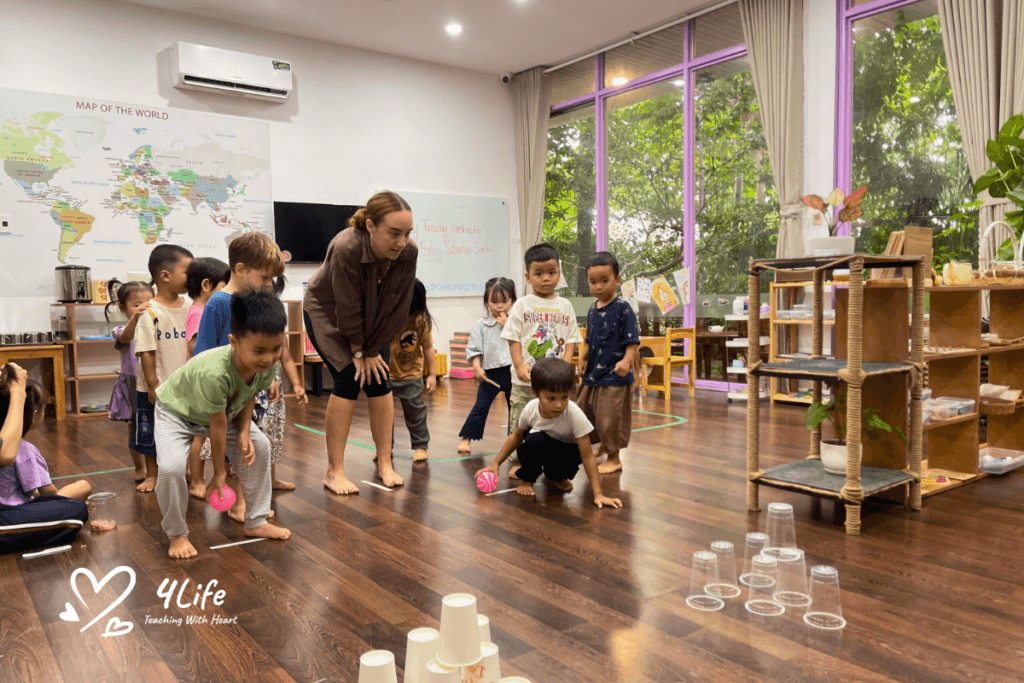
To observe children the Montessori way, simply carve out a few quiet minutes each day to fully focus on your child.
What to Observe Children the Montessori Way in Your Child’s Daily Routine
When you observe children the Montessori way, you pay attention to how they engage with everyday moments. During playtime, notice what types of toys they’re drawn to: building, sorting, or imaginative play? Each choice provides clues about cognitive and sensory development.
Look at social interactions. Is your child happily playing alone, or seeking companionship? These cues help you support emotional and social development. Movement matters, too – do they move quickly and confidently or are they cautious and slow? Does a specific room spark more focus or comfort?
At mealtime, watch how they use utensils, communicate with you, and manage their body. These ordinary routines offer a wealth of information when seen through the lens of Montessori observation.
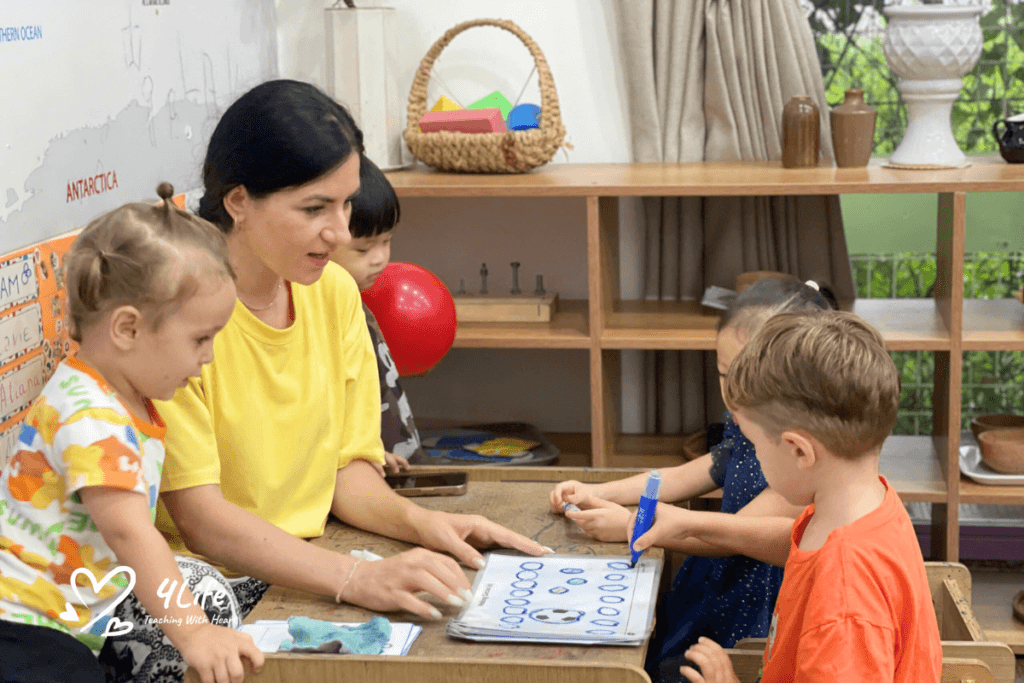
When you observe children the Montessori way, you pay attention to how they engage with everyday moments.
The Power of Non-Interference
An essential part of learning to observe children way is practicing non-interference. It can be tempting to correct or step in, especially if something looks challenging. But Montessori encourages parents to let children experience, solve, and adapt independently which is unless safety is at risk. This freedom supports resilience, concentration, and self-mastery.

An essential part of learning to observe children way is practicing non-interference.
Creating a Supportive Environment Based on Observe Children the Montessori Way
As you begin to notice more through observation, you’ll see how easy it is to tailor your child’s environment to meet their interests. For example, a child fascinated by stacking might benefit from wooden blocks or balancing tools. A child drawn to nature may love caring for a small plant. These adjustments, inspired by your careful attention, show your child that their interests are valued.

Creating a Supportive Environment Based on Observe Children
Keeping a Montessori Observation Journal
One of the most effective tools for parents who want to observe children the Montessori way is an observation journal. This can be a simple notebook where you record what activities engage your child, how they solve problems, and what skills are emerging. Over time, this journal becomes a rich reflection of your child’s growth and a valuable guide in creating a supportive, responsive learning environment.

One of the most effective tools for parents who want to observe children the Montessori way is an observation journal.
Building Trust Through Child-Led Learning
To truly observe children the Montessori way is to build trust in your child’s process. Observation sends the message: You are capable, and I respect your rhythm. This foundation of respect and trust empowers children to explore their world with confidence and joy. It nurtures not only academic growth, but also emotional security, focus, and independence.


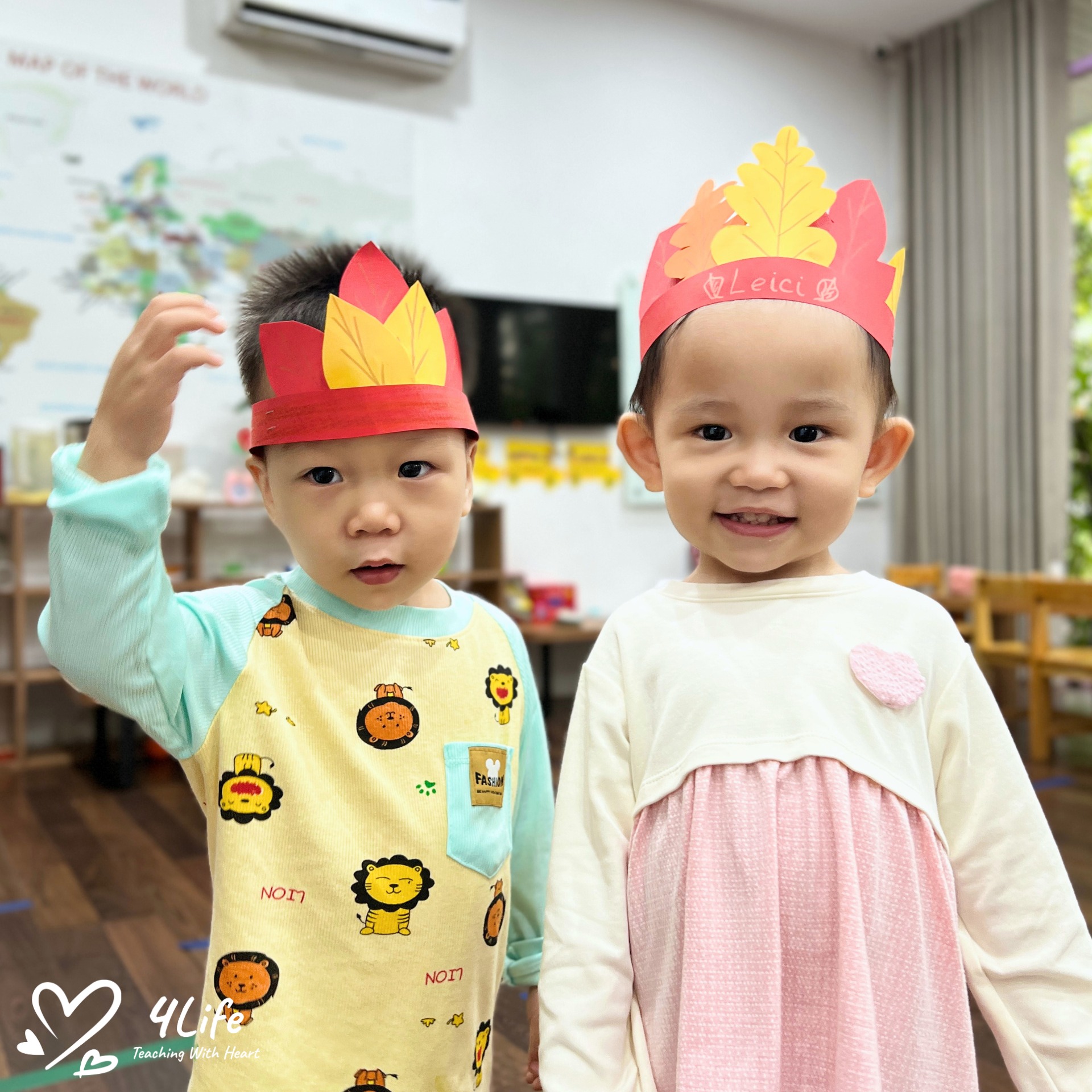
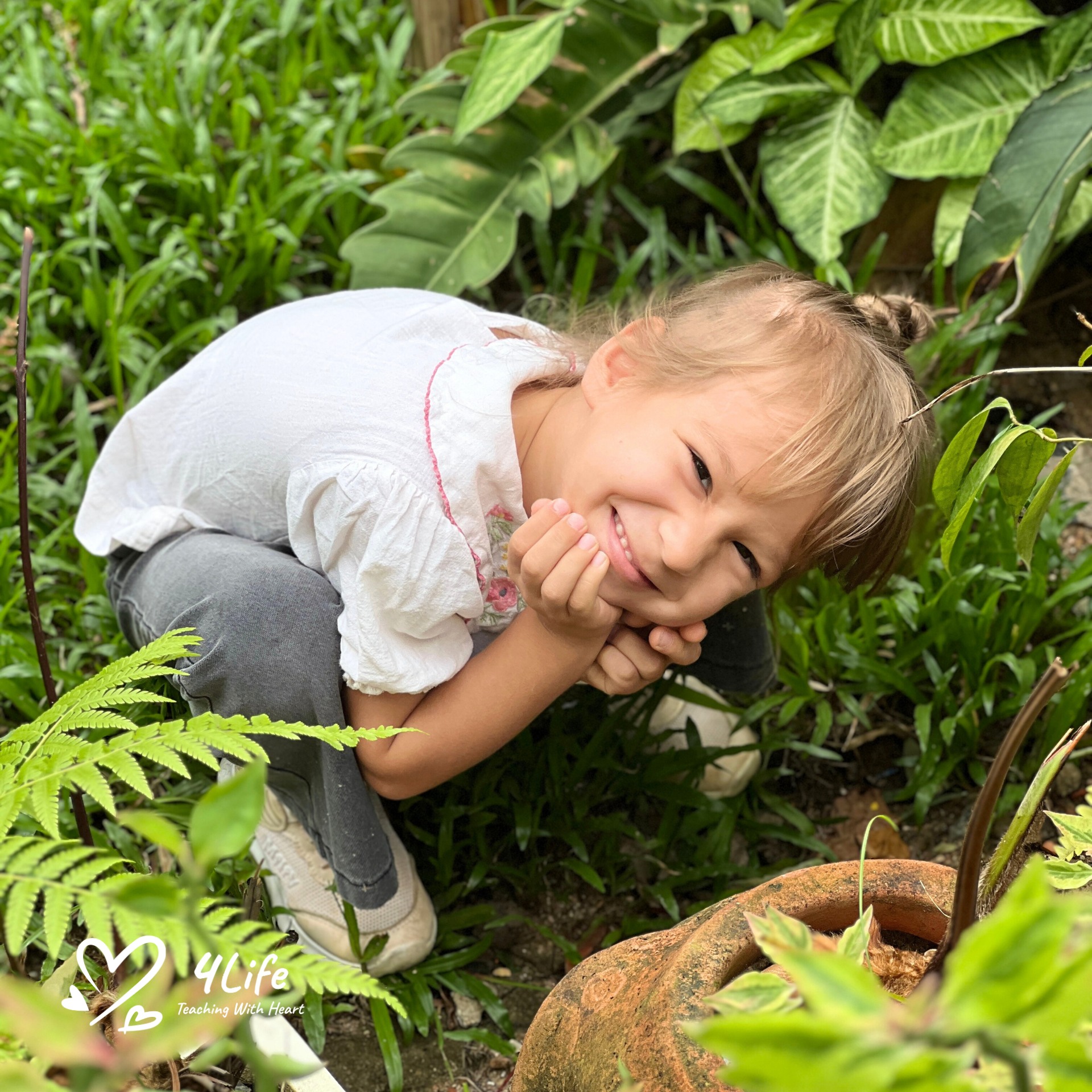
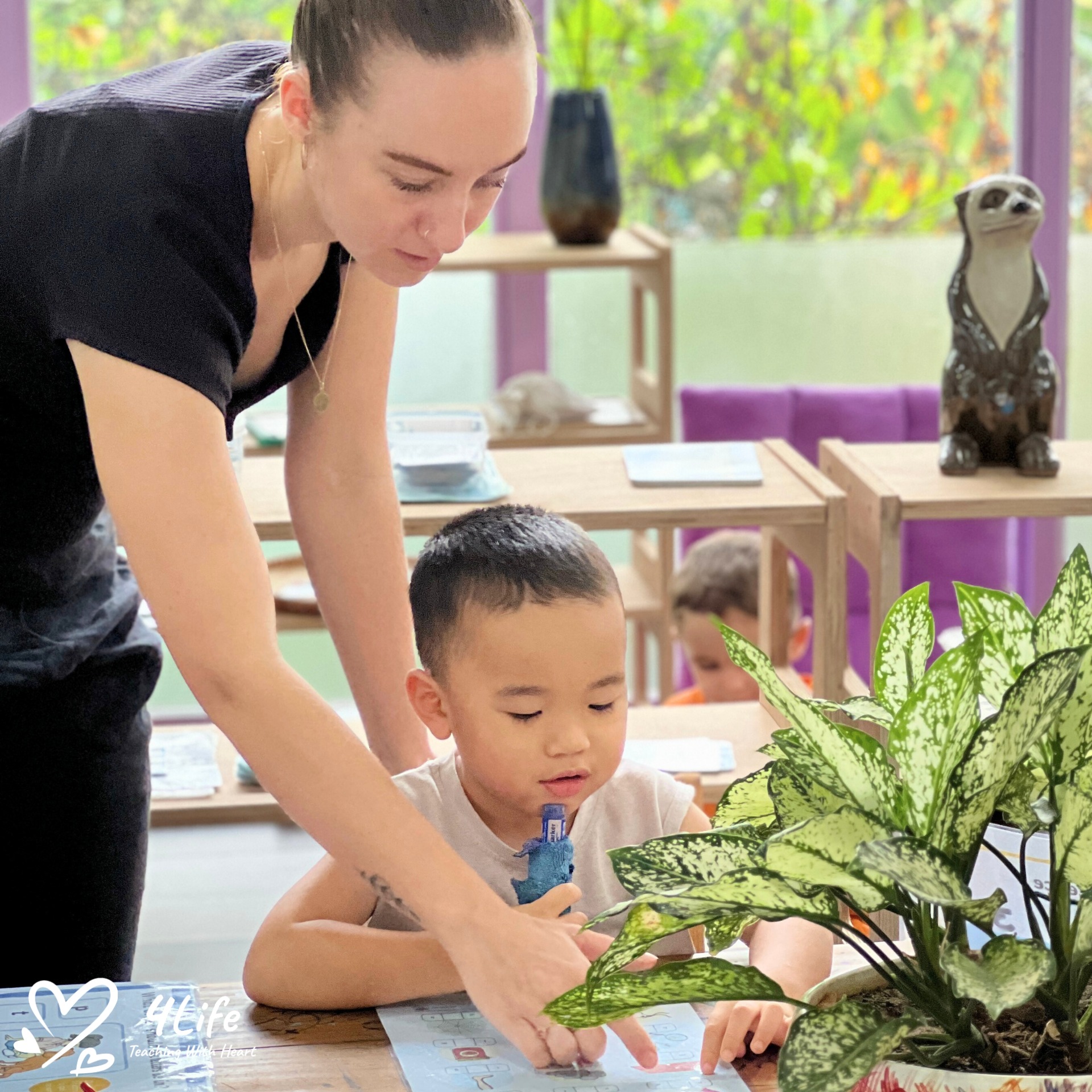
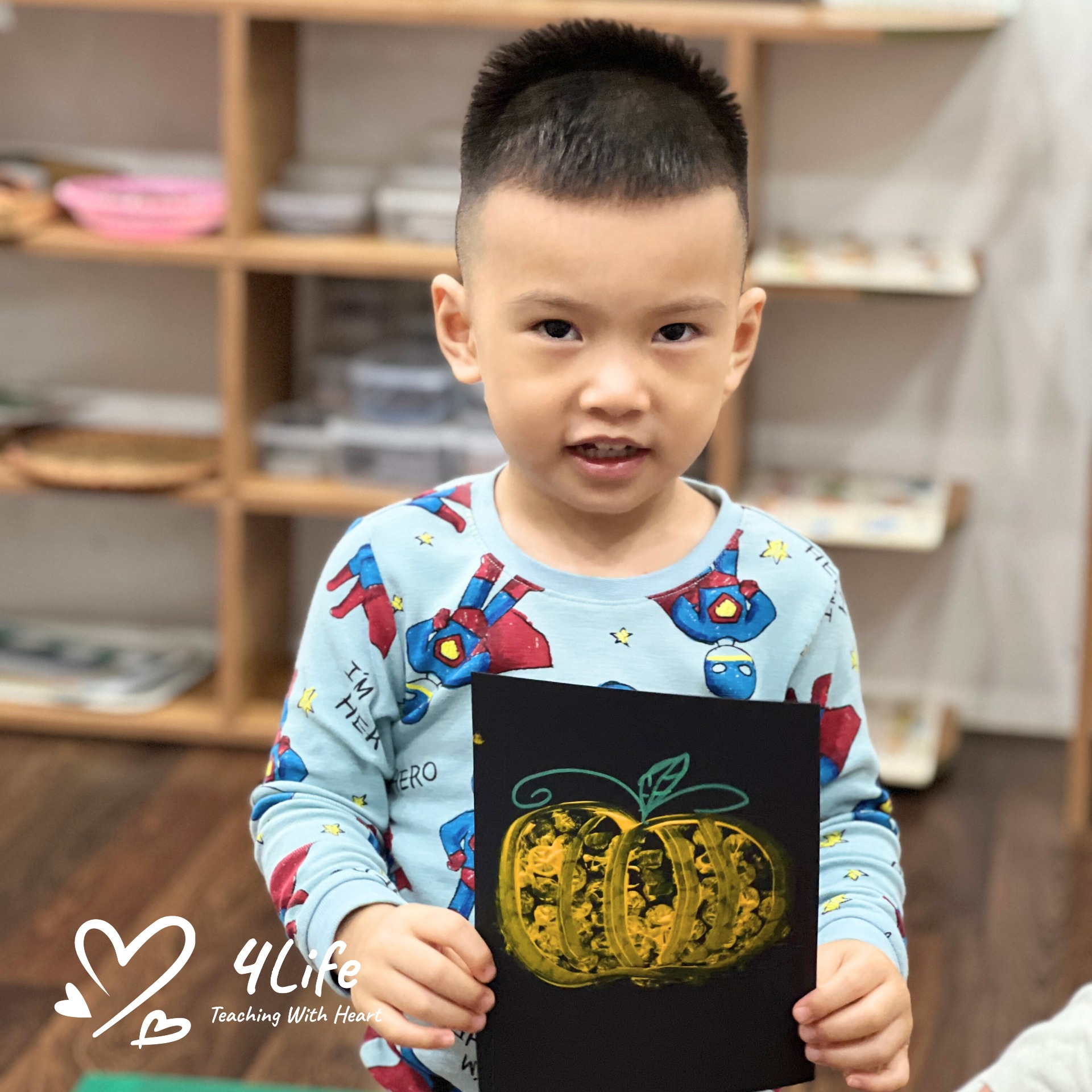
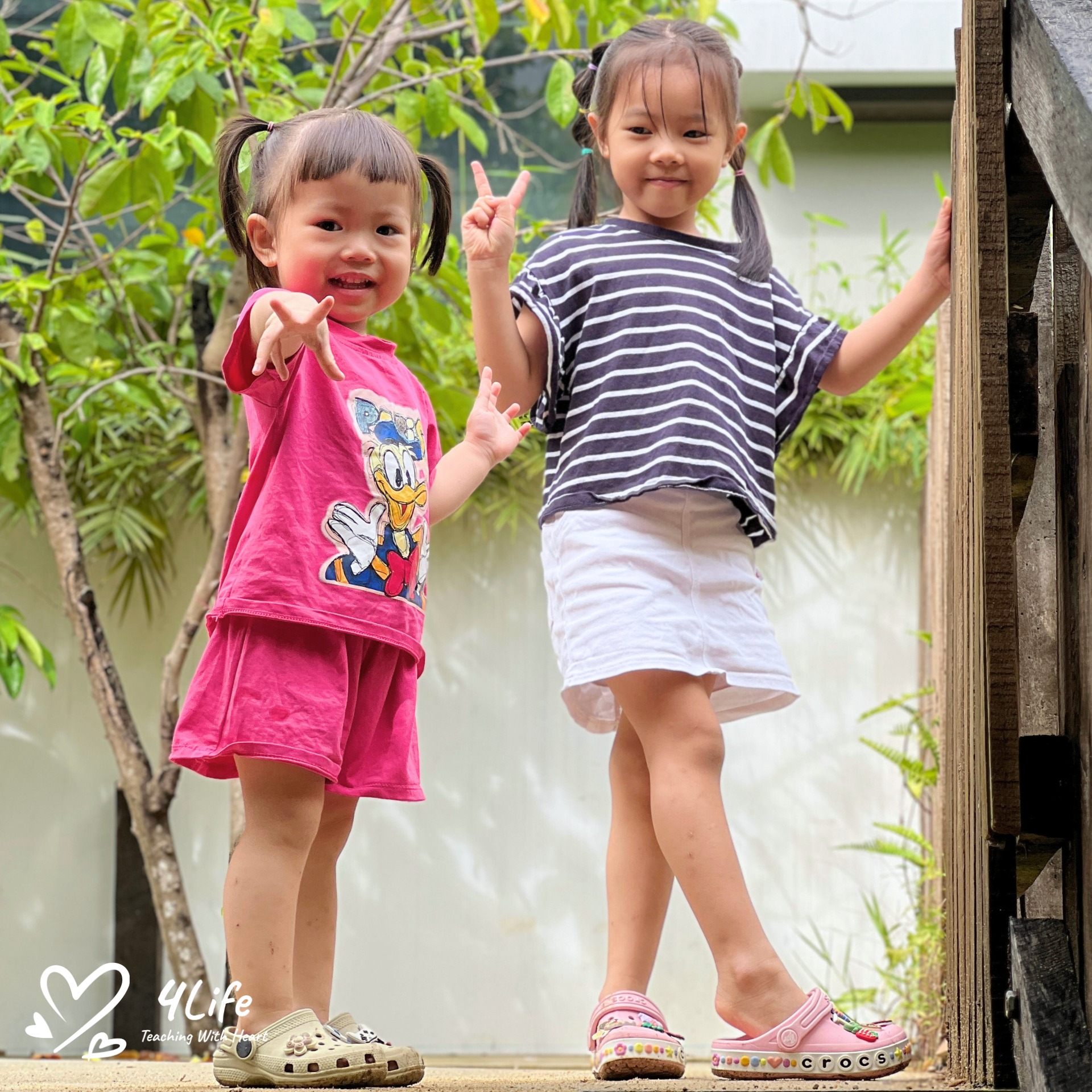
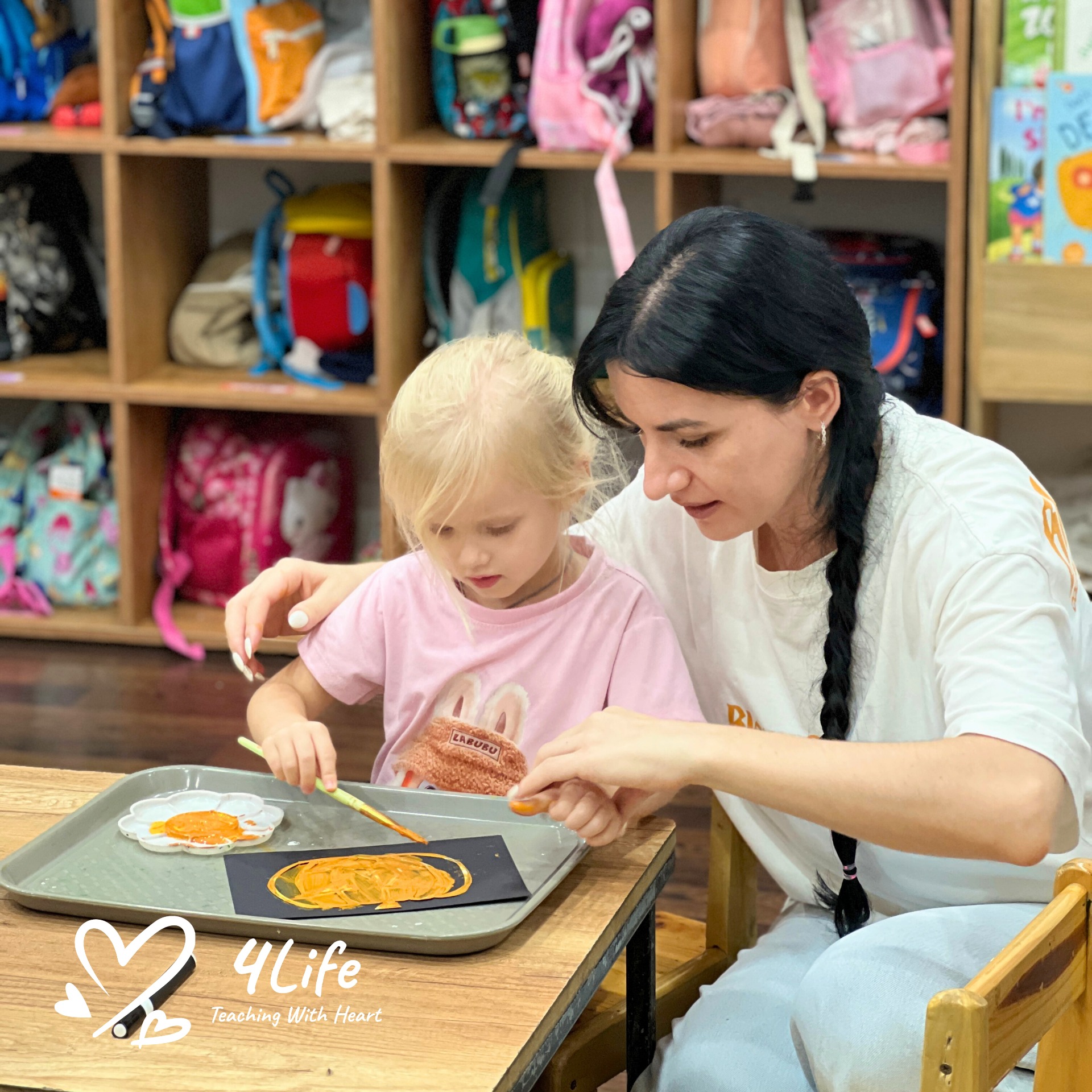
0 Comments